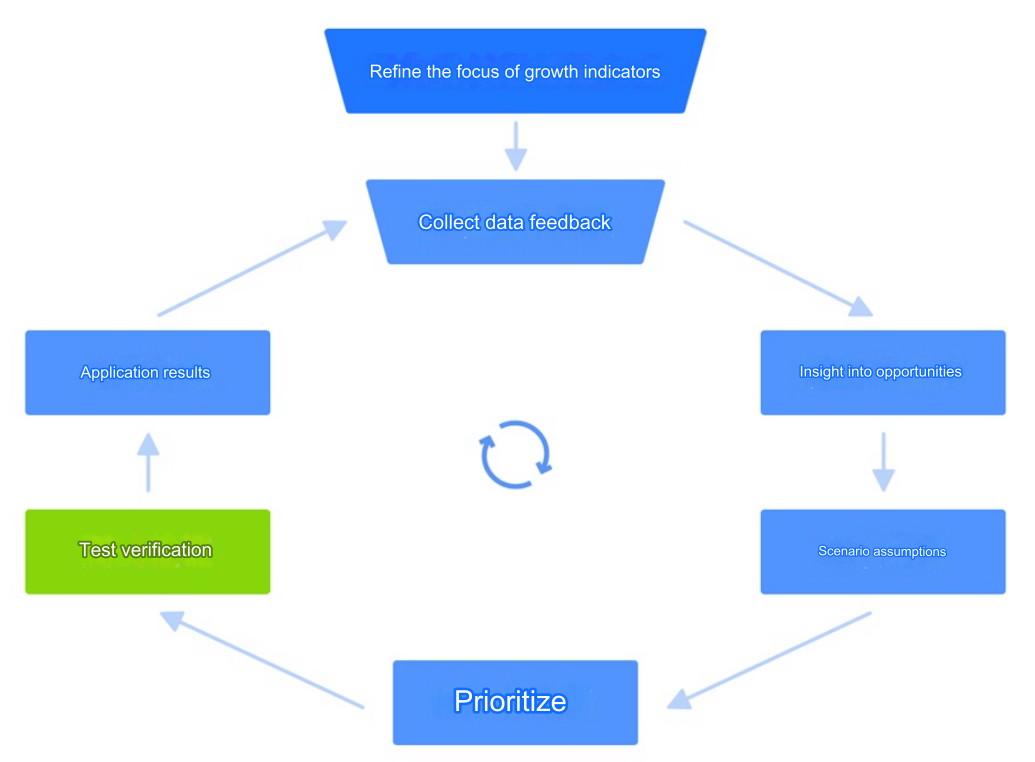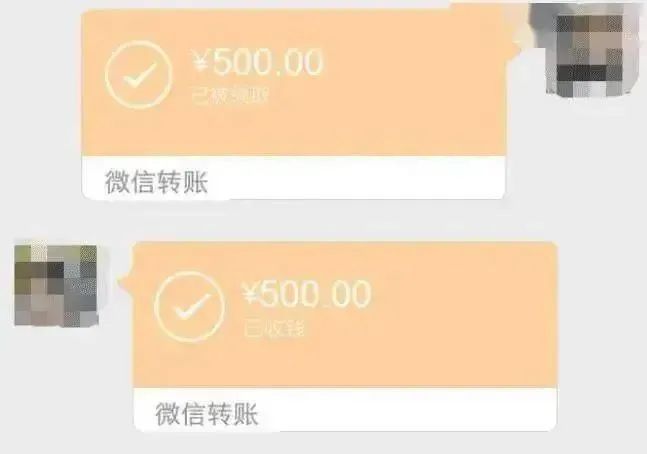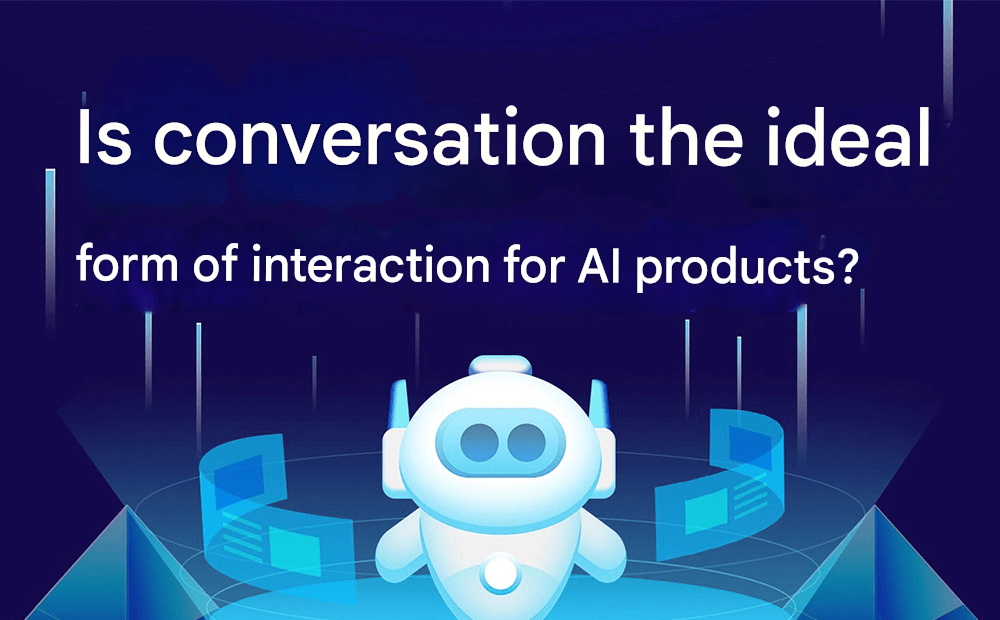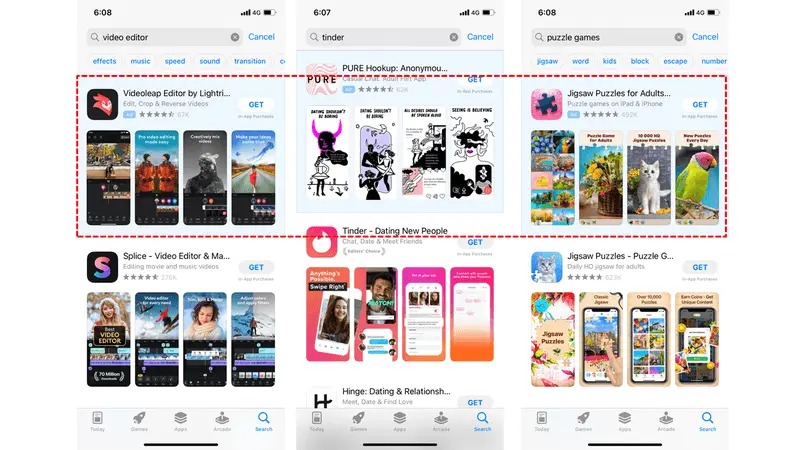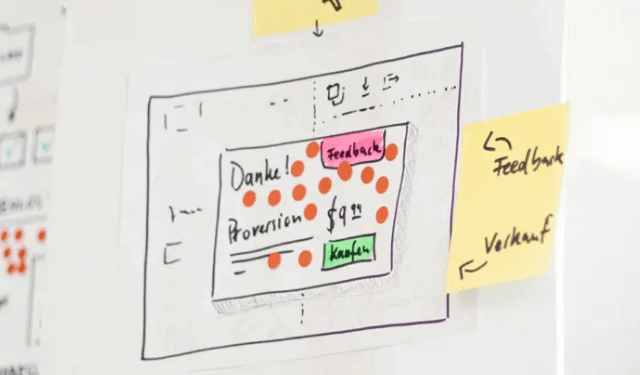The choice of a retention strategy directly impacts the success or failure of a product. This article systematically introduces retention strategies for different types of products and provides practical analytical methods.
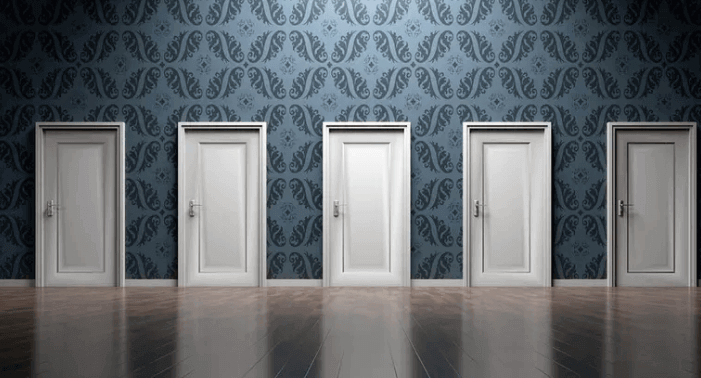
01 Two Main Approaches to User Retention
Ensuring Long-term Product Value
The primary premise of user retention is ensuring that the product has long-term value. If the product fails to provide continuous value to users, discussing retention becomes meaningless. Therefore, before formulating a retention strategy, it is essential to confirm that the product can continuously meet user needs.
Leveraging Product and Operational Approaches
After confirming that the product has long-term value, retention can be improved through both product and operational approaches.
(1) Product Approaches
New User Onboarding
Designing a reasonable new user onboarding process helps users quickly understand the core functions of the product and how to use it. This is crucial for users' first experience and can significantly reduce the churn rate.
Creating a User Behavior Loop
Build a complete user behavior loop, encouraging users to form habits while using the product. This involves designing a rational product function flow and implementing timely incentives and feedback mechanisms.
Optimizing Product Flow to Enhance Feature Engagement
By improving and optimizing the internal product flow, user engagement in various features can be increased. This may involve optimizing the product interface, simplifying or restructuring functions.
Increasing Usage Frequency and Intensity
Various methods can be used to increase how often and intensely users engage with the product, deepening their involvement. Push notifications and regular events can help achieve this.
Providing Personalized Experiences
Offering more personalized experiences, such as through one-on-one meetings with real people, can strengthen users' emotional connection to the product, boosting retention.
Developing New Features
Continuously developing new features to meet users' evolving needs can increase product retention. New feature development should be based on user needs and market trends.
(2) Operational Approaches
New User Incentives
Incentivizing new users through rewards like bonuses can attract them to use the product. This is a quick way to boost user activity but requires careful cost control.
Targeted User Acquisition
Carrying out targeted user acquisition activities for specific user groups is essential. This requires a deep understanding of the target audience and the development of appropriate marketing strategies.
Refined Operations
By analyzing user characteristics and behavior, personalized services can be provided. This may include personalized recommendations or customized services.
User Incentive Systems
Establishing a comprehensive user incentive system can encourage users to continue using the product. This might include point systems or tiered membership programs.
Loyalty Programs
Designing loyalty programs can increase users' attachment to the product. For instance, long-term users could be offered special benefits or discounts.
User Re-engagement
Various channels can be used to recall and re-engage inactive users. This may include sending emails, SMS reminders, or offering special discounts.
Implementing these retention strategies requires collaboration across multiple departments, including data, customer service, and R&D teams. Their joint efforts play a critical role in user retention.
The data team can provide user behavior analysis, the customer service team can collect user feedback, and the R&D team can continually optimize the product based on this information.
02 Core Framework for Improving User Retention
Four Thought Frameworks
(1) Four Phases of Retention: User Activation, Early Retention, Long-term Retention, and Inactive User Re-engagement
User retention can be broken down into four phases, each of which has a significant impact on overall retention. These phases are user activation, early retention, long-term retention, and inactive user re-engagement. While traditionally, we may only focus on long-term retention, each phase is equally important.
The user activation phase focuses on how to quickly communicate the value of the product to users and get them to start using it. Early retention emphasizes helping users form usage habits.
Long-term retention involves continuously providing value to users, maintaining their interest, while re-engagement involves using various methods to reactivate inactive users.
(2) The Importance of the First Value Experience for New Users
The moment when new users first experience the product’s value, the "Aha moment," is crucial for retention. If users never perceive the product's value, retention is out of the question. At this stage, users might just be visitors, not genuine users.
Therefore, product design and operational strategies should focus on helping users reach this "Aha moment" as quickly as possible.
(3) The Hook Model and User Behavior Loops
The Hook Model and user behavior loops emphasize designing loops that encourage users to continuously perform key actions, with variable rewards providing motivation to complete the loop repeatedly, eventually forming a habit. This model includes four steps: trigger, action, variable reward, and investment.
By repeating this loop, users gradually form usage habits, increasing retention rates.
(4) Enhancing User Engagement: Frequency, Intensity, Feature Use, and Contexts
The key to improving long-term retention is increasing user engagement across four dimensions: frequency of use, intensity of use, number of features used, and the number of contexts in which the product is used. As engagement in these dimensions increases, the likelihood of long-term retention also grows.
Usage frequency refers to how often users use the product, usage intensity refers to the duration or depth of each use, feature count refers to the number of product features used, and context count refers to how many different situations users use the product in.
By improving these four dimensions, the product becomes more integrated into users’ daily lives or work.
User retention is a complex system that requires the combined use of multiple strategies and methods. A refined operational approach based on product characteristics and user stages is necessary.
Seven Analytical Methods
(1) Retention Curve Mapping
Mapping the retention curve is the most basic and essential method for analyzing user retention. To create a retention curve, you need to identify key retention behaviors, determine the product's natural usage cycle, and then plot the curve. This method is fundamental to improving and analyzing user retention.
The retention curve usually represents the percentage of users still active within a specific time period (e.g., 7 days, 30 days). Observing the shape and trend of the curve allows you to assess the product’s retention situation and devise improvement strategies.
(2) Retention Curve Breakdown
Retention curve breakdown is a simple and direct method to find retention clues from data. For example, comparing the retention rates of users who use a certain feature versus those who don’t can reveal the feature's importance for retention.
Similarly, comparing the retention rates of different user groups can help identify high-value user segments.
This method helps identify the key factors that affect retention, enabling more targeted retention strategies.
(3) Feature Retention-Activity Matrix
The feature retention-activity matrix is an extension of the retention curve breakdown, mainly used to analyze the retention differences across different features in multi-feature products. Ideally, a feature should have high retention and high usage.
If a feature has high retention but low usage, there is room for growth.
By analyzing this matrix, we can identify the "star features" and "potential features" within a product, optimizing product design and promotional strategies accordingly.
(4) Aha Moment Analysis
Aha moment analysis includes calculating the "magic number," which helps set quantitative goals for new user activation. The magic number often refers to a threshold of usage or key behavior completion that significantly increases retention rates.
By identifying this magic number, we can design more targeted onboarding processes to help users quickly reach this critical point.
(5) Habitual User Analysis
Habitual user analysis focuses on users who have already formed ideal usage habits. This involves analyzing their usage frequency, common behaviors, and the paths they take to complete these behaviors. Through this analysis, we can identify opportunities to build behavior loops that help more users become habitual users.
This analysis reveals the usage patterns most likely to form habits, enabling the optimization of product design and operational strategies.
(6) User Intensity Analysis
User intensity analysis studies the depth and breadth of product usage, helping to identify opportunities to increase user engagement. This might involve analyzing how long users engage with the product in each session or the number of features they use.
Through this analysis, we can identify bottlenecks in user engagement and design targeted solutions.
(7) User Frequency Analysis
User frequency analysis examines how often users use the product, helping to devise strategies to increase user activity. This might include analyzing daily or weekly active users.
By understanding user habits, we can design appropriate incentives to increase usage frequency.
By using these analytical methods, we can set ideal intensity and frequency goals for users, and find ways to help more users reach these goals.
These methods are not isolated but complementary. By integrating these methods, we can gain a comprehensive understanding of user behavior and develop more effective retention strategies.
03 Two Influencing Factors of Retention Strategies
1. Retention Strategies for Different Product Types
(1) Time-based Products: Content Richness and Personalized Experience
For time-based products, such as content-driven platforms like iQIYI, the core retention strategy is to ensure content richness and personalized experiences. It's crucial to provide diverse programs and shows that cater to different users' preferences. Additionally, increasing the frequency of use, extending watch time, and expanding usage scenarios are important.
For example, iQIYI should focus not only on weekend prime time but also on fragmented time slots like lunch breaks on weekdays for content recommendations. By using personalized recommendation algorithms, the platform can offer content that matches users’ interests, thereby increasing their watch duration and frequency.
Moreover, social features like bullet comments and reviews can boost user engagement and interaction.
(2) Social Products: Social Relationships and Behavioral Loops
For social products like WeChat, the strongest retention driver is social relationships. Building on this foundation, increasing usage frequency and intensity, as well as creating behavioral loops, can further enhance retention.
WeChat reinforces users' social networks through features like Moments and group chats. Additionally, mini-programs, official accounts, and other functions expand the app's usage scenarios, increasing the frequency of use.
WeChat Pay also helps form a strong behavioral loop, making it hard for users to leave this ecosystem.
(3) Gaming Products: Gamification Mechanism Design
Gaming products improve retention through various gamification mechanisms that increase users' frequency and intensity of play.
This may include designing reasonable reward systems, such as daily login bonuses and task systems, which encourage users to open the game daily. By offering levels of varying difficulty and diverse game modes, the game remains fresh and challenging.
Adding social elements, such as team play or PVP modes, can also greatly increase the game’s stickiness.
(4) Efficiency Products: Function Usage and Moderate Engagement
Efficiency products, such as many SaaS products, do not aim for long usage times but instead focus on users fully utilizing various features while maintaining moderate frequency and intensity of use.
Take JIRA as an example: It wants users to complete tasks efficiently, rather than pursuing high usage frequency or intensity. JIRA provides rich project management features, such as task tracking and progress reports, enabling users to complete their work efficiently.
Additionally, features like customizable dashboards and automated workflows improve users’ work efficiency, thereby increasing their reliance on the product.
(5) Tool Products: Increasing Features and Usage Scenarios
The retention strategy for tool products focuses on increasing the number of features and usage scenarios, allowing the product to play a bigger role in users' daily lives or work.
For example, Evernote offers not only basic note-taking functions but also clipping, OCR recognition, and collaboration features, covering various scenarios like work, study, and daily life.
By expanding its functions and usage scenarios, Evernote increases users’ dependence on the product, thereby improving retention.
(6) Transaction Products: Increasing Frequency and Scenario Diversity
For transaction-based products like Taobao, in addition to increasing frequency and intensity of use, it's essential to add more usage scenarios so users think of the product in various situations.
Taobao boosts users’ purchasing frequency through major sales events like Double 11 and 618. Additionally, by expanding categories like fresh food and cross-border shopping, Taobao increases the variety of usage scenarios.
Moreover, Taobao incorporates content formats like live streams and short videos to increase daily user engagement beyond just shopping.
For low-frequency transaction products like Airbnb, the challenge lies in increasing usage frequency by offering high-frequency features. Airbnb can introduce local experiences and online activities to encourage more frequent use.
Similarly, Didi can expand usage scenarios by offering services like ride-sharing, chauffeur services, and car rentals. Incentives such as coupons and points also help increase usage frequency.
2. Retention Strategies for Different User Stages
(1) New User Activation: Helping Users Reach the Aha Moment Quickly
During the new user activation phase, users primarily care about "why they should try this product." The goal is to help users quickly reach the Aha moment—the first time they realize the product's value. This phase offers the highest return on retention investment, as most products have room for improvement here, and doing so significantly impacts subsequent retention.
Specific strategies may include:
Designing a simple and clear onboarding process for new users.
Providing quick-start tutorials or videos.
Setting up beginner tasks that guide users to experience core features.
Offering immediate feedback and rewards to reinforce positive experiences.
(2) New User Retention: Helping Users Form Habits
The goal at this stage is to help users answer the question "when to use this product" by finding a regular place for the product in their daily life and forming a habit of use.
Specific strategies may include:
Setting up regular reminders, such as daily sign-ins or periodic tasks.
Offering personalized content recommendations to increase user interest.
Designing behavioral loops to encourage habitual use.
Enhancing engagement and stickiness through social features.
(3) Long-term User Retention: Continuously Providing Value and Increasing User Investment
At the long-term retention stage, users may subconsciously ask, "why not switch to another product?" Although they may not directly express this, they internally evaluate whether the value they get from the product outweighs the costs of leaving it.
At this point, it’s essential to continue providing value in various ways.
Specific strategies may include:
Introducing new features regularly to keep the product fresh.
Offering exclusive benefits or services for premium users.
Building a user community to enhance a sense of belonging.
Providing personalized usage reports and suggestions through data analysis.
(4) Recovering Lost Users: Weighing Opportunity Costs and Long-term Effects
When users have already churned, bringing them back may prompt the question: "why should I give you a second chance?" This phase typically offers a lower return on investment, so it’s important to weigh opportunity costs carefully.
Specific strategies may include:
Offering special discounts or perks to entice users to return.
Highlighting new features or improvements that address previous pain points.
Crafting personalized recall messages based on users’ usage history.
Setting up reactivation tasks to help users quickly reacquaint themselves with the product.
When implementing these strategies, it's crucial to evaluate the long-term effects—whether the recovered users will stay engaged for the long term or merely provide a temporary boost. Additionally, consider whether the resources spent on recovering lost users are better spent on activating new users or retaining existing ones.
04. Five Approaches to Selecting Retention Strategies
1. Products with High User Diversity: User Segmentation and Precision Operations
For products with high user diversity, such as Xiaohongshu and Meituan, retention opportunities can be identified through user segmentation and retention curve grouping. The most effective retention strategies for such products are precision operations and providing personalized experiences.
Specific actions may include:
Segmenting users based on characteristics like interests and behaviors.
Providing personalized content recommendations and services for different user groups.
Designing targeted campaigns and marketing strategies.
Continuously optimizing user experience through A/B testing.
2. Multi-Function Products: Function Retention-Activity Matrix Analysis
For multi-function products like Keep and Momo, the function retention-activity matrix is an excellent analytical tool. This method helps identify which functions contribute significantly to retention but are underutilized, marking them as high-value functions.
Taking Keep as an example, its core function is exercise. Keep continuously builds behavior loops around the exercise feature, including reminders and weekly training plans, to reinforce users' exercise habits. At the same time, Keep develops community features to guide more users to engage with community friends and influencers, as the community is a high-retention feature.
Specific strategies may include:
Analyzing the retention contribution and usage of each function.
Promoting functions that contribute significantly to retention but have fewer users.
Optimizing or phasing out functions with low retention contributions.
Building a complete behavior loop around core functions.
3. Single-Function Products: Frequency and Intensity Analysis
For single-function products, such as NetEase Cloud Music, which fall under the category of tool-like products, frequency and intensity analysis are the most suitable methods. These analyses help understand how users engage with the product, uncovering ways to increase usage frequency and intensity, ultimately getting more users to reach the desired state.
Specific strategies may include:
Analyzing user engagement frequency and session duration.
Setting reasonable usage goals and reward mechanisms.
Increasing user engagement frequency through push notifications and reminders.
Optimizing core functions to enhance user experience and efficiency.
4. Products with Many Competitors: Increasing Frequency and Intensity and Establishing Habits
For products with many competitors and substitutes, understanding user engagement through frequency and intensity analysis is essential. The goal is to increase user frequency and intensity while establishing usage habits, transforming the product from a "vitamin" into a "painkiller."
Specific strategies may include:
Strengthening the product’s unique value proposition.
Designing habit formation plans to guide users in developing usage habits.
Increasing user involvement through content creation and interaction.
Offering differentiated features or services to increase switching costs.
5. Mature, High-Volume Products: Developing New Features and Expanding Use Cases
For mature, high-volume products, the focus should be on developing new features and expanding use cases, allowing more users to continuously discover new experiences and value within the product.
Specific strategies may include:
Conducting ongoing user research to identify new needs and opportunities.
Developing new features to expand product use cases.
Building an ecosystem to increase user stickiness.
Utilizing big data analysis to offer more intelligent services to users.
05. Conclusion
1. Combining Multiple Retention Methods and Approaches
User retention is a complex issue, and there is no universal solution. We need to combine multiple retention methods and approaches, selecting strategies flexibly based on product characteristics and user stages. In practice, we should not limit ourselves to a single method, but rather apply a comprehensive approach, integrating product features and user phases to maximize retention rates.
2. "Growth is good, retention is forever"
As this saying goes, while growth is important, retention is the eternal challenge. This not only highlights the significance of retention but also its difficulty. Growth may lead to short-term prosperity, but only stable retention ensures long-term success for a product. Therefore, we need to focus on retention efforts, laying a solid foundation.
3. Striving for Long-Term User Retention
While achieving permanent user retention may be impossible, we should strive to retain users for as long as possible. This requires continuous product optimization, improving user experience, and consistently creating value for users. Only by doing so can we maintain an edge in the highly competitive market and achieve sustained product growth.
User retention is key to a product's success and is an eternal theme in operations. Through this article, we have explored retention strategies for different product types and user stages. However, the most important takeaway is that there is no one-size-fits-all retention method. True experts know how to flexibly apply various strategies based on product characteristics and user needs, continuously optimizing and adjusting them.
